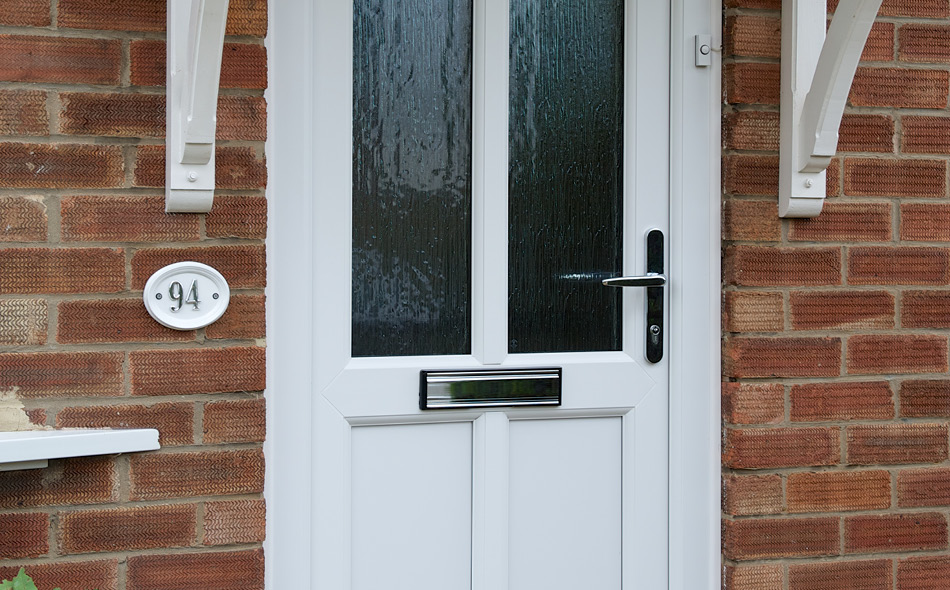How to clean uPVC doors
29 April 2021
uPVC is a brilliant material for doors and windows. It’s easy to see why uPVC is favoured over timber – it’s virtually maintenance-free. And even when some maintenance is required, it’s usually very straightforward.

Cleaning uPVC doors doesn’t take long and follows a similar process to cleaning uPVC windows. With the use of a few household items and a spare 10-15 minutes, your uPVC door can be looking like new again. Let’s take a look how to clean uPVC doors.
What’ll you need to clean with
- Vacuum cleaner
- Bucket of hot, soapy water
- Clean water (for afterwards)
- Brush (can be a handheld brush)
What not to use
It’s important we make you aware of some cleaning products that should not be used on the door frame, which include:
- Glass cleaner
- Abrasive cleaners – such as cream cleaner or scouring powder
- Ammonia-based cleaning products
- Scouring pads or steel-based wool
- Kitchen roll or toilet paper (they can leave residue or other elements behind)
Cleaning a uPVC door
Cleaning the door frame
When beginning to clean your uPVC door, always start with the frame first.
Using a vacuum cleaner, gently vacuum around the edges of the frame, in the grooves, and the hinges. This will remove any resting dirt and dust, and will prevent that dirt from getting onto the frame after you’ve finished cleaning.
After you’re satisfied that all dirt has been removed, it’s time to grab your brush (preferably a handheld one for ease or a dusting brush) and brush away any build-up.
Next up, it’s time to use warm, soapy water (washing up liquid is usually sufficient). Using a soft cloth, gently wipe down the door frame. We recommend following a pattern to ensure that all areas are covered, and to start from the top and work your way downwards, which prevents dirt being moved around the frame.
Once the frame has been wiped down, it’s time to get some clean water and use a separate cloth to wipe down the frame again. This is to remove any bubbles or solution that might be leftover.
Finishing off the door frame, grab a dry cloth and gently dry the frame in circular motions. This will ensure there’s no streaks leftover and that you end up with a completely dry door.
Cleaning the door handle
The door handle is probably the most frequent touchpoint of your door. This means that it can be a regular host of unwanted germs and bacteria.
Thankfully, with a uPVC door, the door handle is easy to keep clean and germ-free. All you need is an antibacterial solution that you can use to wipe down the handle; most household antibacterial cleaning products are suitable for this use. A spray bottle is useful to help with this.
It’s best to clean the door handle more regularly than the frame of the door, simply because people come into contact with the handle more often. Bringing it into your usual household cleaning regime can help keep it looking sparkly and germ-free.
Depending on the antibacterial product used, you may need to dry the door handle. Some cleaning products are recommended to leave to dry on their own.
After completing all of these steps, your uPVC door should be looking as good as new.